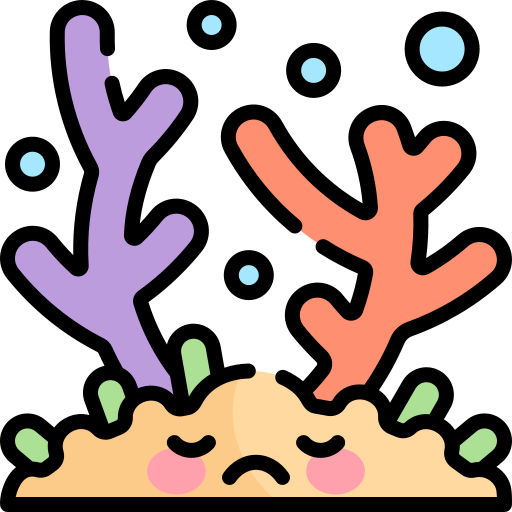Sanjay Joshi said:
PAR is the Photsynthetically Available Radiation which is all radiation between 400-700 nm wavelength range. It can be measured in several units. Just like distance can be measured in feet, meters, etc. PAR can be measured in different units used to measure radiation. When PAR is measured by the number of photons falling on a given area in a given amount of time, this is called PPFD and the units used are micromoles per meter square per second.
Lets
totally oversimplify the measurement of PAR as related to reefkeeping (because I am not a lighting expert by any stretch of the imagination).
The measurement of PAR is a valuable tool when trying to figure out the appropriateness of one bulb over another in a reef setup. As the PAR number declines so does the effective usefulness of the light reaching the coral beneath it. Therefore, a higher PAR reading measured at the same depth in our tanks translates into more useful light reaching the coral at that depth.
The reasons PAR would decline in our tanks varies. The first reason that comes to mind is the quality of the bulb itself. Two bulbs with the same wattage and same kelvin rating can have very different PAR measurements at the same distance from the bulb. One of the reasons can be the internal components of the bulb itself (manufacturing differences). Another reason can be the ballast that is driving the two bubs.
Another couple of reasons that PAR will decline is distance from a bulb and even water quality. The farther away from a bulb a coral is placed the lower a bulbs' PAR reading will be. Now if we take the same exact bulb (wattage, kelvin temperature, bulb type (MH, T5, PC, VHO, etc), brand, etc.) and only vary the water quality, the bulb in the tank with nice clear 'polished' water will have a higher PAR reading than the bulb above the tank with lots of detritus floating in suspension and 'yellowish' or cloudy water, assuming both coral are placed at the same depth and position below their respective bulb.
As you can see there is a multitude of contributing factors to PAR measurement. When selecting bulbs for our tanks we can effect the PAR readings by keeping our water quality high, as described above. Other than that, the same bulb should theoretically produce the same PAR with all the 'mechanical' factors being consistent.
This can be a very confusing topic. I hope I helped at least a little and didn't totally confuse you.
Russ





